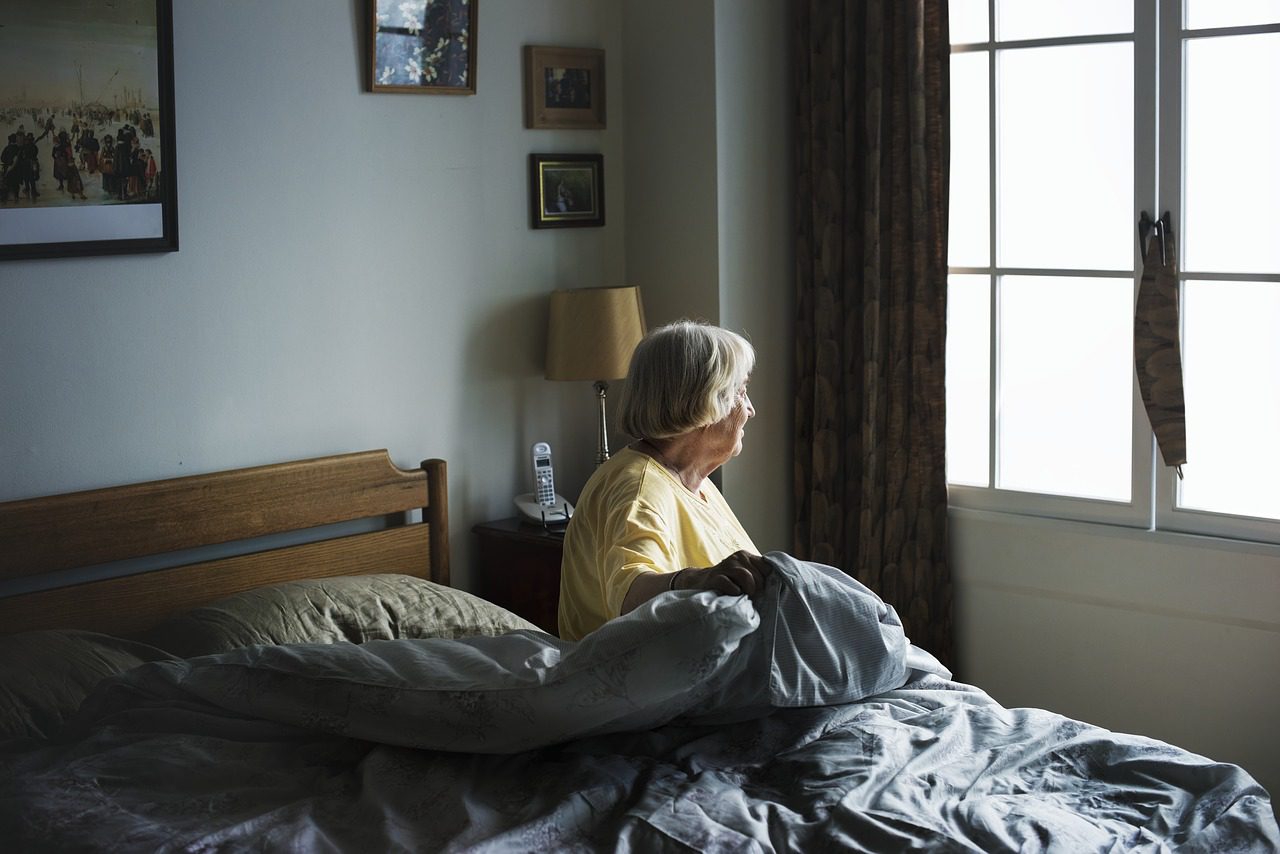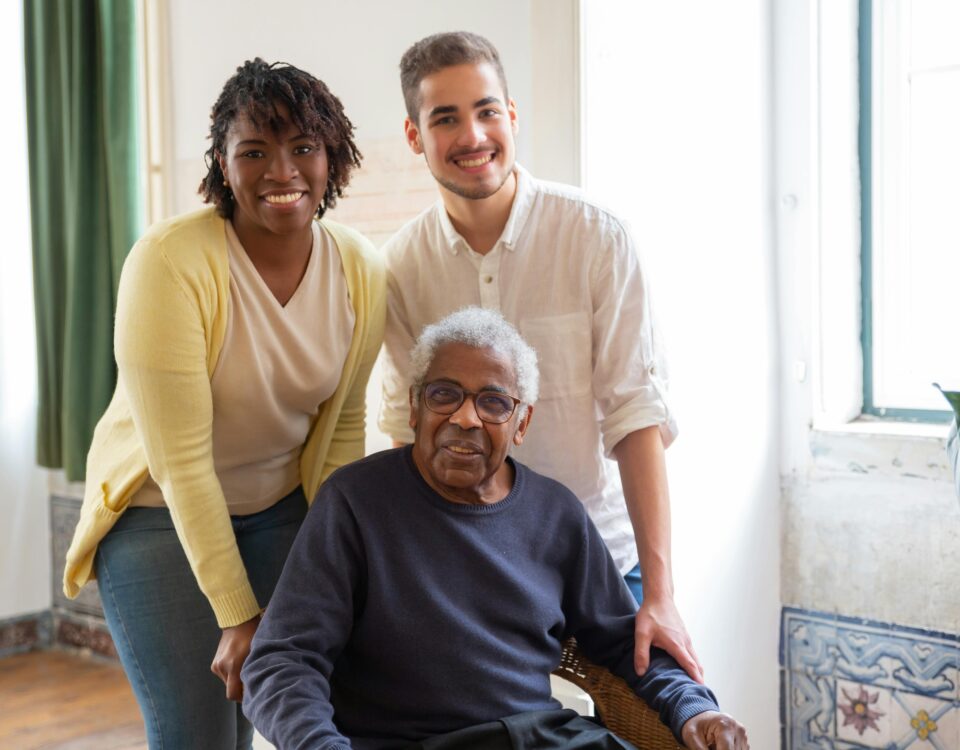You can’t always be there. But we can.
Getting Your Home Ready For In-Home Assistance: Our Quick Guide

Social Media For Seniors: A Guide to Connecting Safely Online
September 10, 2019
Oxygen Care: What You Should Know
January 13, 2020Getting Your Home Ready For In-Home Assistance: Our Quick Guide

So, you’ve discussed all matters at great length and finally decided that, for your loved one, in-home assisted living is the best way to go. The question that is no doubt consuming your mind is that of how to prepare your home. While it is of course, perfect for you and your family, is it ready for you to take care of the elderly within? What sort of modifications do you need to make to ensure that your loved one is well taken care of and comfortable?
Making house modifications for the elderly can be stressful and uncomfortable, but they simply must be done if you are to indeed pursue this path. Here is a list of the most common modifications needed to take care of the elderly in your home.
Steps and Stairs
Multi-level homes can be of great concern when it comes to taking care of seniors in your home. Most houses have indoor and outdoor steps, and while young people can get up and down them with ease, it might not be so easy for older people. When it comes to taking care of the elderly in your home, it’s likely occurred to you to let your loved one stay on the main level. But what about the outdoor steps leading to your home? If installing a ramp is out of the question, it’s advisable to ensure that the area is well lit and that the handrails accompanying the steps are sturdy and reliable.
Showers and Bathrooms
By a wide margin, bathrooms, and specifically showers, are where the majority of in-home injuries to seniors occur. There may be several house modifications for your elderly loved one that you need to make in order to make them safe. Investing in less slippery surfaces such as rugs throughout your bathroom floor might be difficult to maintain, but will be worth it for your peace of mind. Installing grab bars around your toilets and in your showers is another way to make taking care of the elderly in your home a bit easier. Furthermore, it can be wise to install anti-scald devices in your shower. This may seem like overkill, but what can be merely painful or unpleasant for a young person can be quite serious for the elderly.
Make Your House as Organized as Possible
Taking care of the elderly in your home may involve fundamentally changing a lot of the ways you approach the storage in your house. A huge risk for seniors is clutter in frequently used hallways. Be sure that all walkways in your house are free of clutter and overlooked objects on the floor are stored away. If you have kids, it can be a good idea to designate certain areas for playthings. Once you consolidate all of your items neatly and have non-essentials stored away, you’ll find that your walkways will be safer and more inviting when they’re kept neat.
Safety Alarms
Any time at all is a good time to do this, but preparing to take care of the elderly in your home is a great opportunity to ensure that your carbon monoxide detectors are functioning and up-to-date, and you might want to increase the sensitivity if possible. Furthermore, smoke alarms can be useless to elders who are extremely hard-of-hearing, and it may be wise to add a strobe light or vibrate setting as a home modification for the elderly.
Be Patient
This is certainly a lot to take in, but consider that it’s even more of an adjustment for an elderly loved one. Many seniors can see in-home care as the first step into the loss of their own freedom or agency, and that can be incredibly frustrating. The most important things that you can provide as a caregiver are patience, compassion, and understanding that your loved one is still in control of their own life.

